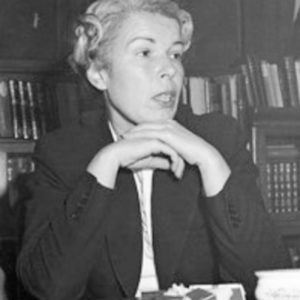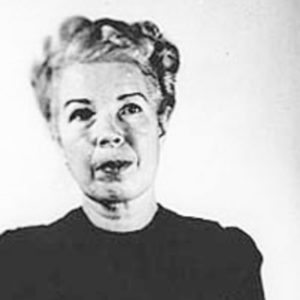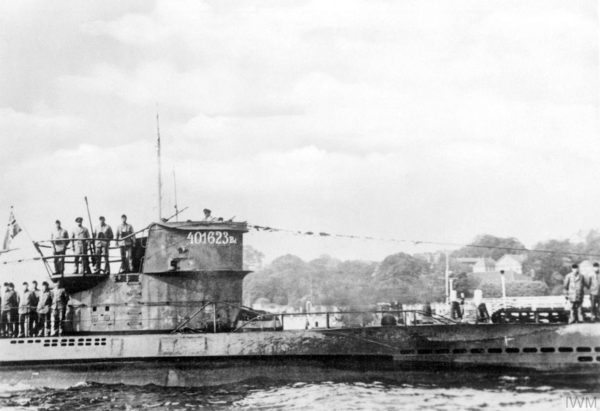Just to the north-west of Frankfurt, Germany is an area known as Oberursel, Taunus. (It is located in the Taunus Mountains and a short distance to the east is the small town of Falkenstein, Königstein im Taunus where I lived in the 1960s⏤just thought you’d like to know.) During World War II, this was the site of a transit camp for downed Allied airmen where they were interrogated before being sent to a permanent POW camp. Twenty-years before my family moved to the area, the Oberursel camp had become an American army interrogation center and intelligence post. Between 1945 and 1953, Camp King (named after Col. Charles B. King) served primarily as a location for interrogations of captured war belligerents and the post-war process known as “denazification.” Some of the camp’s “guests” were Karl Brandt (the physician responsible for Aktion T4, Hitler’s euthanasia program), Reich Marshal Hermann Göring, Gen. Alfred Jodl, Field Marshal Wilhelm Keitel, and Mildred Sisk Gillars (a.k.a. “Axis Sally”)⏤click here to read Hitler’s Directives, here for Extermination Camp Doctors, and here for Hitler’s Enablers.
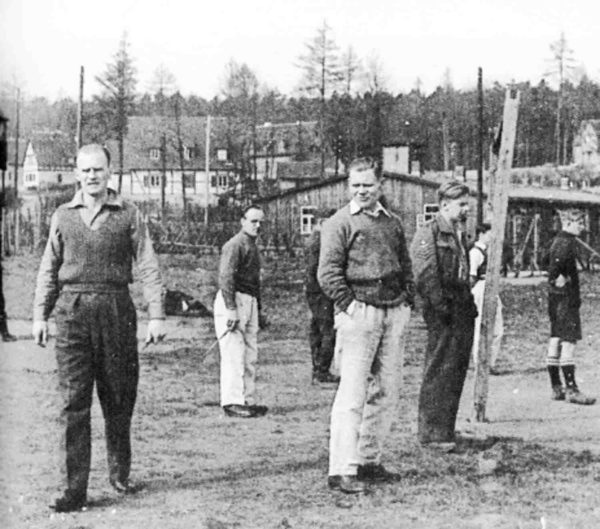
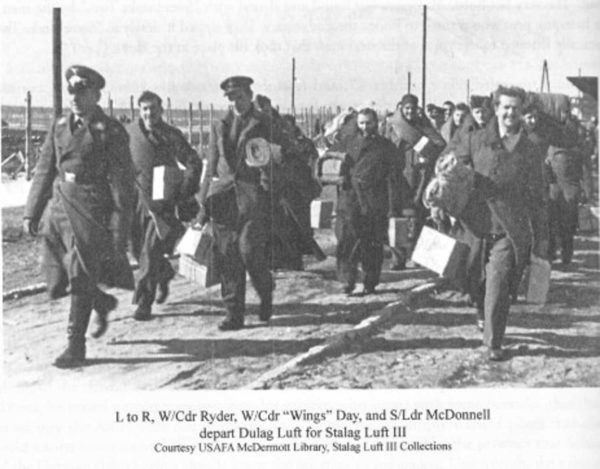
However, today’s discussion will pick up around July 1946 when a former German general, Reinhard Gehlen, arrived at the intelligence post. It is a story of how the United States spared certain war criminals because of their expertise in areas perceived to be a threat from the Soviet Union. These men (whom the Soviets and the Allies were competing to obtain their services) included scientists, engineers, doctors, and within the context of our story, the intelligence and counter-intelligence world (i.e., spies). Read More Camp King

